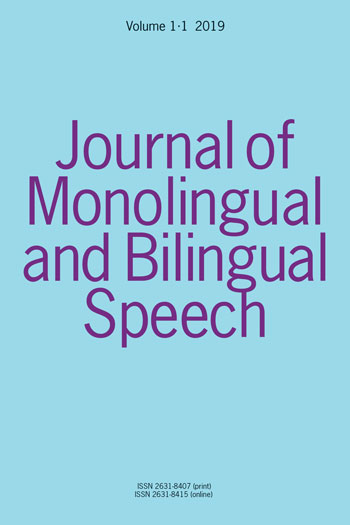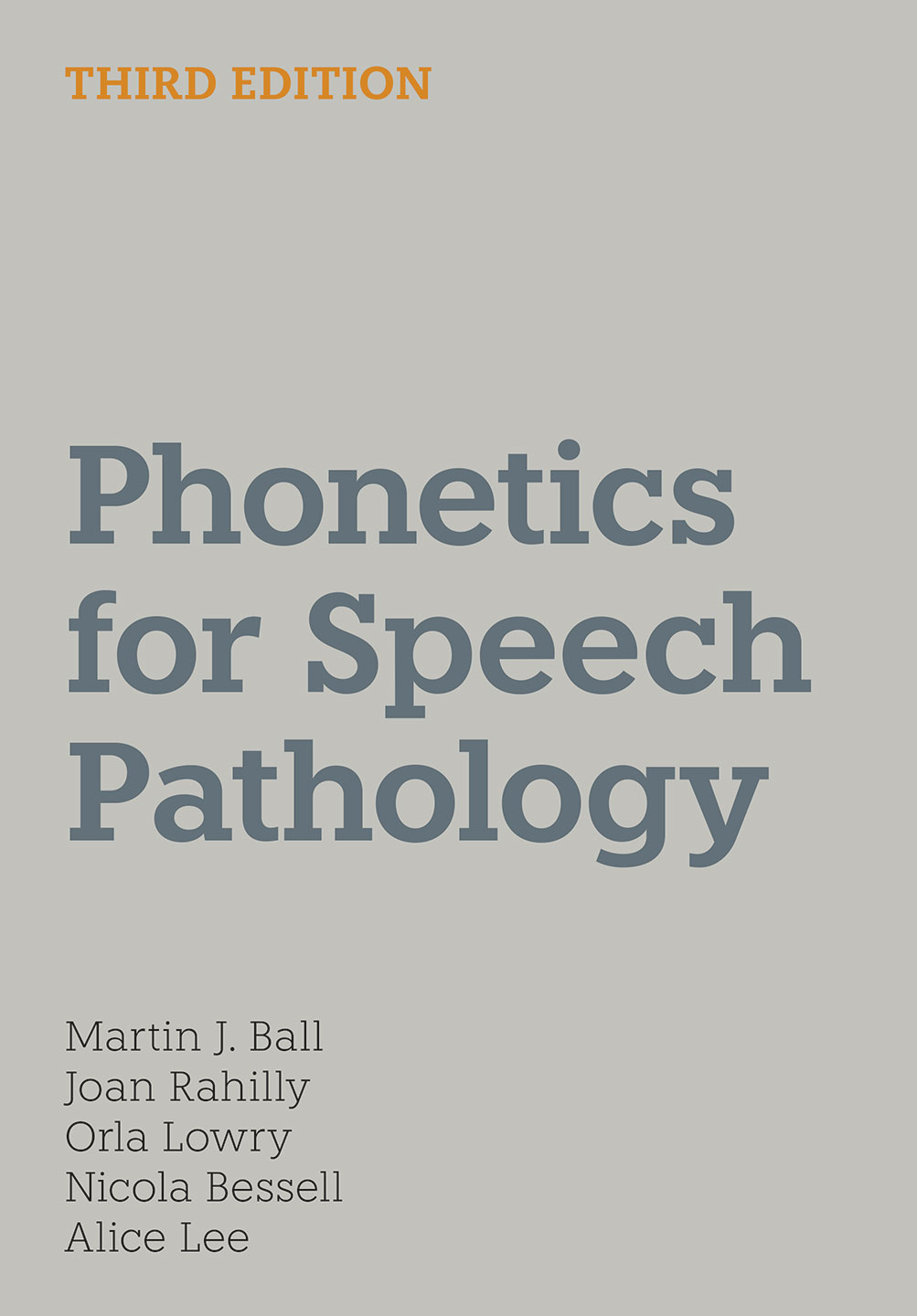Cognitive Linguistics and the Teaching of Pronunciation
Establishing a Foundation for Practice
Graeme Couper [+–]
Auckland University of Technology
For many years there was little theory or research into pronunciation teaching that could adequately serve as a guide for teachers, teacher educators, textbook writers, and curriculum developers. However, over the last two decades pronunciation teaching has become an active area of research. Today we have reached the point where we can confidently say that pronunciation teaching can be effective. L2 speech research has shown how phonological categories must be adjusted when learning another language, and this has led to a significant focus on perception in pronunciation instruction.
Cognitive Linguistics views pronunciation as a cognitive skill making use of the ability to categorise and to form new concepts. The focus on concepts and concept formation recognises that we learn through social interaction and as such Cognitive Linguistics is a good fit for teachers who take a broadly communicative approach to language teaching.
The purpose of this book is to explain the theory and review the research that supports the use of a Cognitive Linguistics framework in determining the most appropriate actions for teaching pronunciation. It presents a summary of the state of knowledge of the field and examines the extent to which this is represented in current teaching practices. It provides an in-depth analysis of how and why Cognitive Linguistics is especially relevant to pronunciation teaching. It then presents and discusses two major research projects, one on teaching syllable codas and one on teaching word stress, that have provided empirical evidence and practical insights into teaching from a Cognitive Linguistics perspective. The instruction and method involved in these two projects is explained in some detail to allow teachers to consider how they might apply this teaching to their own contexts and also to allow researchers to replicate any of these studies. The book concludes by considering how this approach can be applied to teaching other aspects of pronunciation.
The book will appeal to both pre-service and in-service teachers, as well as teacher educators, through its clear explanations of how theory can be translated into practice. For researchers, its detailed descriptions of instruction and the relevant theoretical underpinnings will enable a greater understanding of the value of this research and allow for adaptation and replication of these studies.
£24.95 / $32.00
Institutional
£75.00 / $100.00







